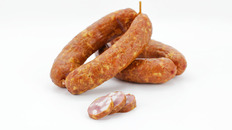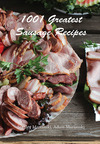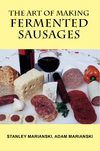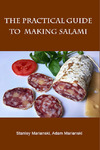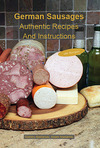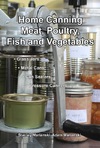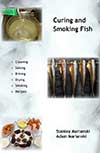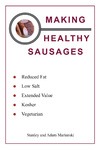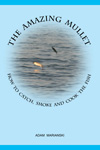Meats and Sausages
Finger Sausage
Finger sausage(Palcówka) is one of the oldest Polish sausages that gets its name from the method used to fill the casing. The casings were stuffed with fingers (palce) by means of any suitable device like a pipe, funnel or a stuffing horn. Needless to say a meat grinder was either not invented yet, or only a few lucky ones happened to own it. The majority of people had to chop meat manually with a knife.
| Meats | Metric | US |
|---|---|---|
| pork butt | 400 g | 0.88 lb. |
| beef, lean | 400 g | 0.88 lb. |
| pork back fat or belly | 200 g | 0.44 lb. |
Ingredients per 1000g (1 kg) of meat
| salt | 18 g | 3 tsp. |
| Cure #1 | 2.5 g | ½ tsp. |
| sugar | 2.5 g | ½ tsp |
| marjoram | 2.0 g | 1 tsp |
| coriander | 2.0 g | 1 tsp. |
| allspice | 2.0 g | 1tsp. |
| cold water | 60 ml | ¼ cup |
Instructions
- Cut meat into ½-¾” (1-2 cm) pieces. Belly can be cut into smaller pieces to make it less visible.
- Mix meat pieces with salt and Cure #1. Add sugar now. Mix very well and leave in a cool place (preferably in a refrigerator) for 48 hours.
- Stuff into 36 mm casings.
- Sausage was smoked for 1-2 days with cold smoke or for a few hours with hot smoke (60° C/140° F).
- Hot smoked sausages were poached in water at 80° C (176° F) for 30 minutes.
- Sausages were stored in a dry cool place (12° C, 54° F).
Notes
Back fat was usually cut into long and narrow strips. Wood for smoking was often wet and the final product was very dark. After smoking the sausages were oven baked or poached in water.

